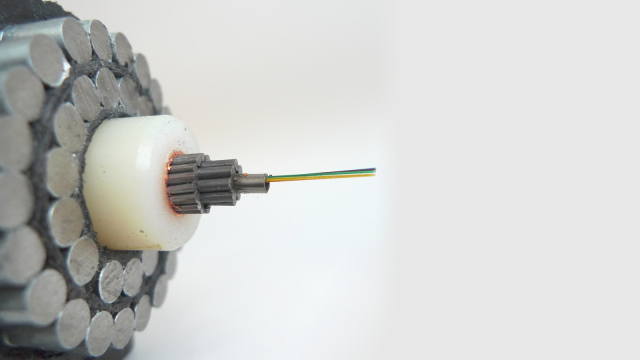The internet doesn’t just happen; it’s served up to us by thousands of kilometres of physical cabling, and much of it, naturally, has to stretch under the sea in order to make it truly international. In case you’ve ever wondered, this is what one of those cables actually looks like.
When they’re not being tapped by the NSA or severed by criminals, undersea cables have to cope with some pretty traumatic conditions. High pressure salt water isn’t the friend of any communication link, and that’s before you even think about geological shifts and other undersea activity.
So the deep-sea lines that let you watch cat videos from the other side of the world are heavily reinforced to ensure that internet outages are the exception rather than the rule. Essentially that means a lot of steel reinforcing, a whole heap of polymer shrouding, and a dash of copper shielding. Get through all of that and lurking there, just in the middle, are a few precious glass fibres that carry your data.
It might seem like overkill, but it really is worth it: When one was damaged in Myanmar earlier this year, the country’s bandwidth instantly plummeted.
Image: Fop News
